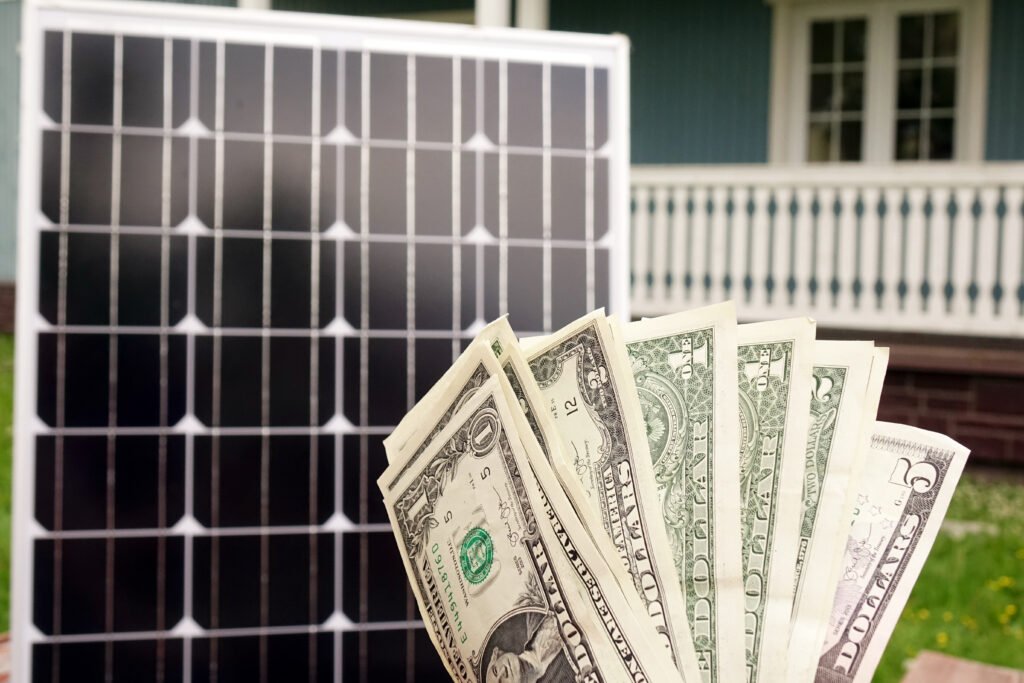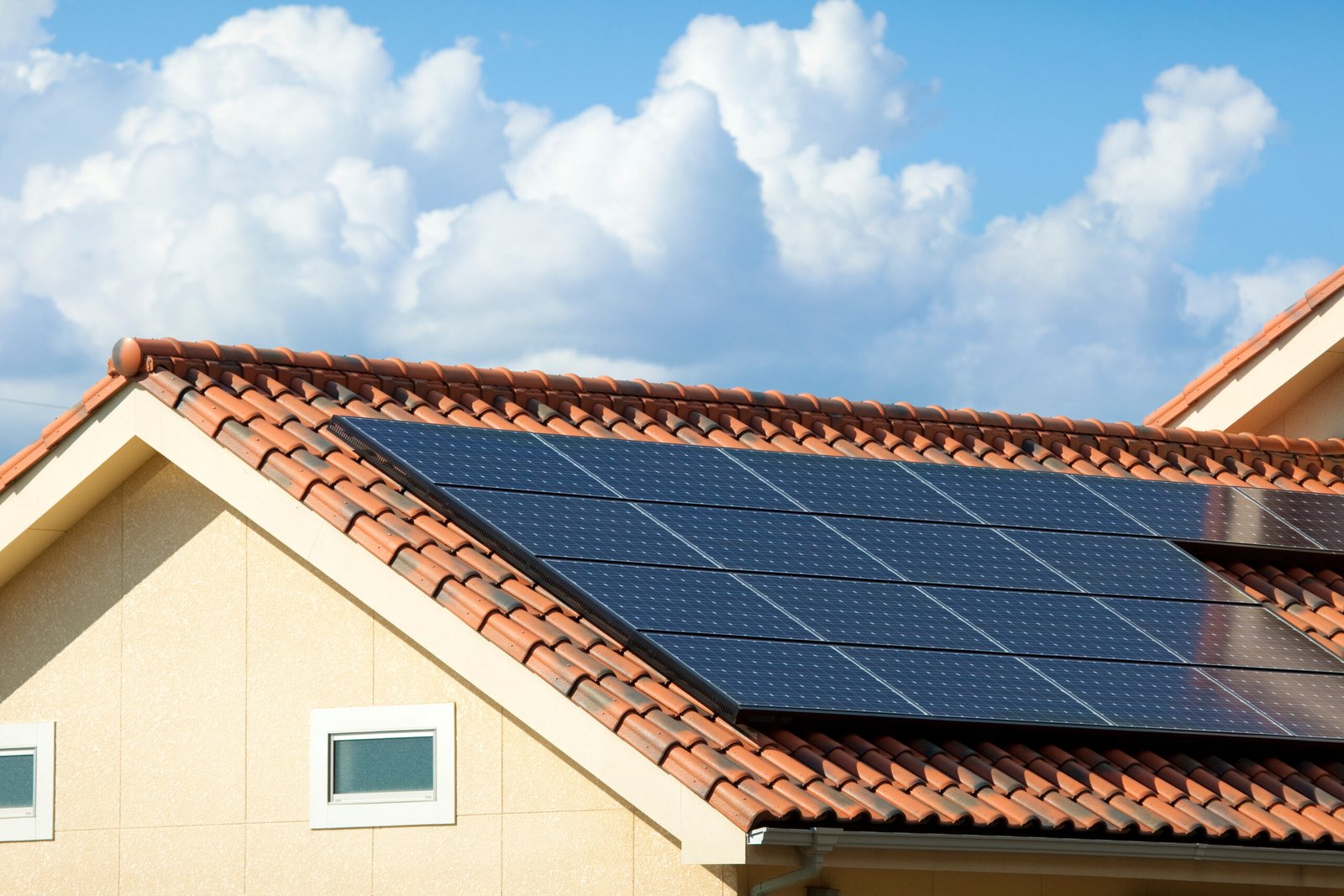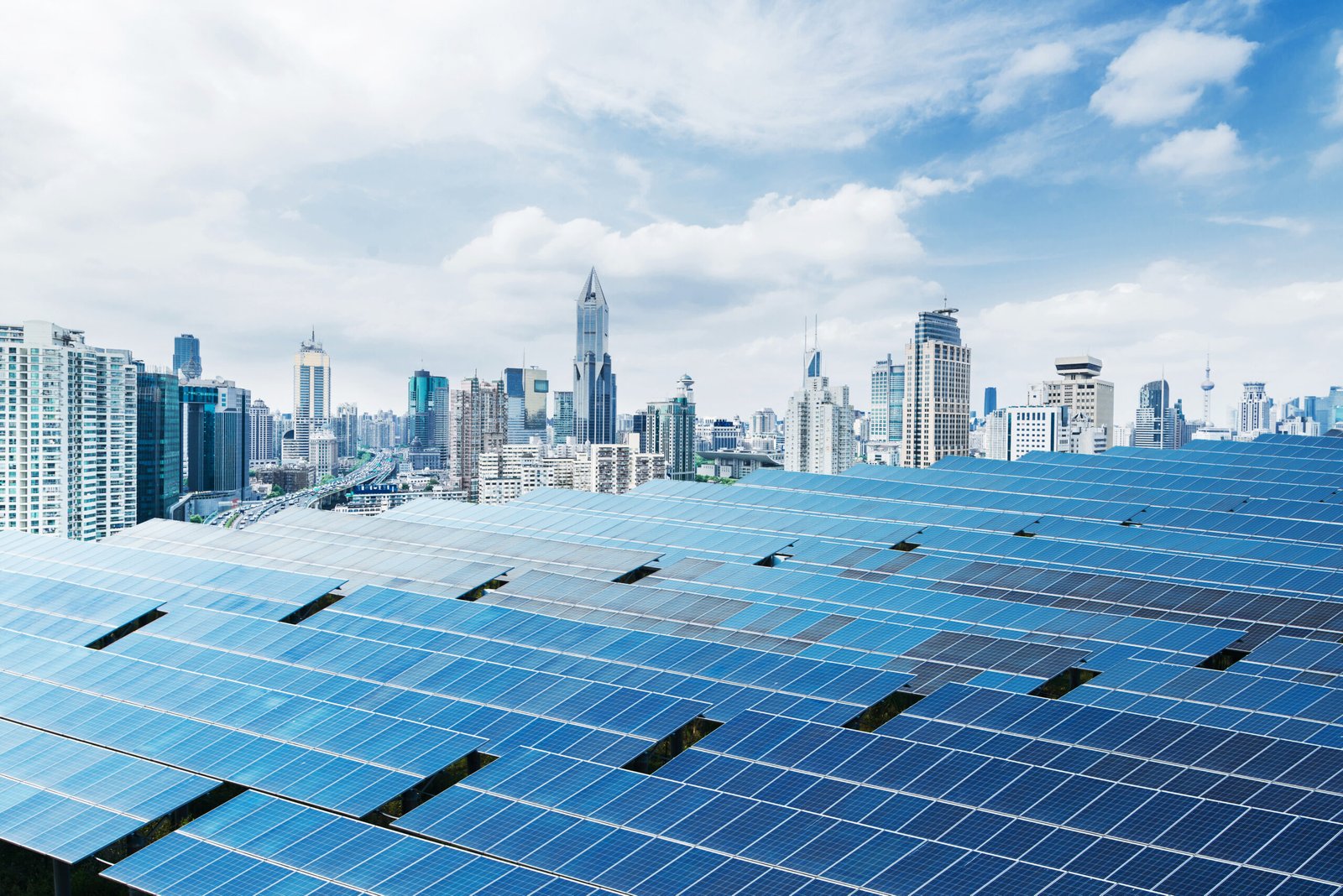Snippets
- Roof-top solar energy can significantly reduce electricity bills in India.
- Environmental benefits include reduced carbon footprints and sustainable energy use.
- Advances in technology make solar systems more accessible and cost-effective for Indian households and businesses.
Table of Contents
ToggleIntroduction
Imagine slashing your electricity bills while doing your part for the environment. Sounds like a dream, right? Roof-top solar systems are making that dream a reality for thousands of Indians. According to recent reports, India is one of the fastest-growing solar markets globally, with the government aiming for 280 GW of solar capacity by 2030.
Whether you’re a homeowner looking to cut costs or a business striving for sustainability, roof-top solar is your gateway to a brighter, cleaner, and more affordable energy future. This guide will help you navigate everything from benefits and costs to installation steps.
What is Roof-Top Solar?
Roof-top solar systems are photovoltaic (PV) panels installed on residential or commercial rooftops. They convert sunlight into electricity and are a sustainable, cost-effective solution for India’s growing energy demands.
- Grid-Connected Systems: Linked to the local DISCOM, these systems let you draw power when needed and sell excess electricity back to the grid (net metering).
- Off-Grid Systems: Ideal for rural areas, these systems use batteries to store energy for later use.
- Hybrid Systems: Combine grid connectivity with battery storage, ensuring energy availability even during outages.
With advancements in PV technology, solar panels are now more efficient, affordable, and durable, making them a great option for Indian homes and businesses.

Benefits of Roof-Top Solar Systems in India
1. Cost Savings
Electricity rates in India can be steep, especially for commercial users. Installing a solar system can reduce monthly bills significantly, with savings ranging from ₹1,000 to ₹20,000 per month depending on system size.
2. Environmental Impact
India faces severe air pollution challenges. By switching to solar, you reduce your carbon footprint and help combat pollution.
3. Energy Independence
Frequent power outages are common in many parts of India. Solar systems provide reliable energy, ensuring your home or business remains operational.
4. Government Incentives
India offers various subsidies for solar installations:
- Central financial assistance (CFA) of up to 40% for residential systems up to 3 kW.
- Net metering policies that allow you to earn credits for excess power.
5. Increased Property Value
Solar-powered properties in India are considered premium, especially in urban areas, as they offer long-term savings and energy efficiency.

Stay Informed. Stay Ahead
Join a community that goes beyond the headlines. Our newsletter delivers:
🔹 Curated Industry Insights
🔹 Expert Analysis
🔹 Actionable Impact
No fluff. No generic updates. Just meaningful insights that help you lead in a fast-evolving industry.
Factors to Consider Before Installation in India
1. Roof Suitability
- Check if your roof can handle the weight of solar panels.
- Ensure it gets adequate sunlight for most of the day, ideally 4–6 hours.
2. Energy Needs
Calculate your household or business’s average monthly electricity usage. This helps determine the size of the system you’ll need.
3. Upfront Costs and Financing
- Cost of Installation: Typically ranges from ₹40,000 to ₹70,000 per kW for grid-tied systems.
- Subsidies and Loans: Many banks in India, like SBI and PNB, offer solar loans with attractive interest rates.
4. Local Climate
Regions like Rajasthan, Gujarat, and Tamil Nadu are ideal for solar due to high sunlight availability. However, even cloudy regions like Kerala can benefit from advanced solar technologies.
5. Permits and Regulations
Work with your provider to handle permissions from the local municipal corporation or DISCOM.
Cost and Return on Investment (ROI)
Solar installation costs in India vary based on system size and location:
- Upfront Costs: ₹40,000–₹70,000 per kW.
- Government Subsidies: Can reduce costs by up to 40% for residential installations.
- Payback Period: Most systems pay for themselves within 4–7 years.
- Lifespan Savings: Panels typically last over 25 years, providing decades of savings.
Net metering allows you to sell excess electricity back to the grid, reducing your effective electricity costs further.
Steps to Get Started
1. Evaluate Your Roof
Inspect your roof for structural strength and exposure to sunlight. Hire professionals for a detailed assessment.
2. Research Providers
Choose a trusted solar installer. Leading companies in India include Tata Power Solar, Loom Solar, and Vikram Solar.
3. Explore Financing
Look into options like solar loans from nationalized banks, or explore central and state-level subsidies to lower upfront costs.
4. Secure Permits
Solar providers in India typically assist with local DISCOM approvals and net metering applications.
5. Installation and Maintenance
Once installed, monitor your system using apps or dashboards. Routine cleaning and checks will keep your panels running efficiently.
Conclusion
Roof-top solar is not just a technological innovation but a movement towards energy independence and sustainability in India. By adopting solar energy, you can lower electricity bills, reduce your carbon footprint, and enjoy reliable energy. With government incentives and financing options, there’s never been a better time to go solar in India.
Ready to make the switch? Share your solar success stories or questions in the comments below, and let’s work together to power India with the sun!






